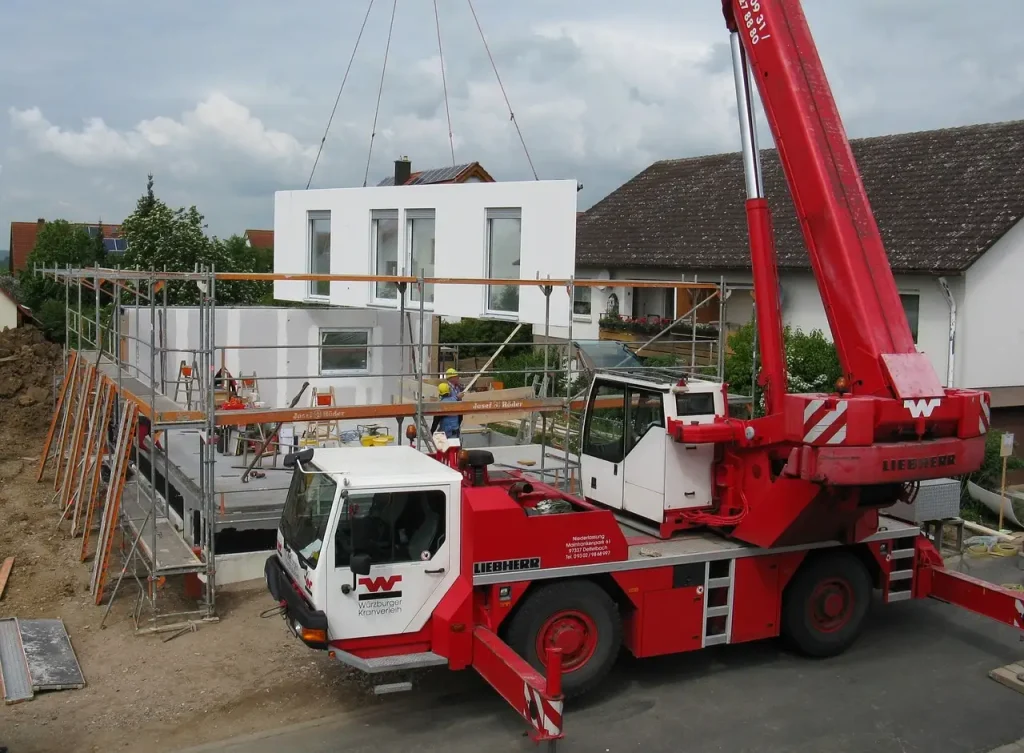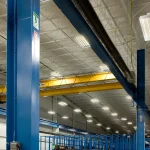We all know how much work it can be to maintain a larger home. That’s why so many homeowners are selecting smaller floor plans when buying a new home, compared to that bigger is better mentality of yesteryear. Big homes mean big costs and a lot of time spent cleaning, doing repairs, managing the yard, and so much more.
But what if we told you that you could save time and money by downsizing to a manufactured home? Would you do it? In this article, we’ll tell you all the reasons why downsizing to a manufactured home is the way to go.
What is a Manufactured Home?
So, just what is a manufactured home and why should you consider it if you are ready to move to a smaller home? Well, first, let’s help overcome any misbeliefs that you might have about what a manufactured home is and what it is not.
Manufactured homes are factory-built homes constructed off-site and then transported to a specific location. They are built to precise standards, overseen by the U.S. Department of Housing and Urban Development (HUD). These homes differ from traditional site-built homes, which are constructed directly on the property, and from mobile homes, which were typically built before 1976 when stricter standards were introduced.
Unlike mobile homes, manufactured homes must adhere to HUD’s specific guidelines covering structural integrity, energy efficiency, fire resistance, and other safety measures. This level of oversight allows manufacturers to provide a high-quality standard across each model, meaning that today’s manufactured homes are built to last while offering affordability and flexibility. Additionally, manufactured homes are designed to be fixed on a permanent foundation, giving them the feel and function of a traditional home, often at a fraction of the price.
And speaking of price, the average manufactured home in the U.S. costs about $128,300. That’s a pretty lucrative number when you consider that the average traditional stick-built home costs closer to $420,400. Pretty good, right? It is. And so, without further ado, let’s get into what you should know about making your next home a manufactured home.
Things Not to Overlook When Considering a Manufactured Home
It seems there are still a lot of myths out there about manufactured homes, despite many manufactured home builders trying to explain the standards these homes are now held to. There is a misbelief that manufactured homes are low-quality dwellings. But today, that couldn’t be further from the truth.
Modern manufactured homes incorporate cutting-edge construction techniques and energy-efficient materials designed to help homeowners save on monthly utilities. These homes are crafted in a controlled factory setting, allowing for precise assembly that minimizes the possibility of defects while making the building process more eco-friendly.
One major benefit of factory-built homes is their lower environmental impact. Manufacturers can carefully control and reduce waste by constructing homes in a factory setting, meaning fewer materials end up in landfills. This focus on sustainability aligns with the growing need to make choices that support our planet’s future. When buying a manufactured home, these eco-friendly benefits are among the things not to overlook, especially when planning to downsize to a home that balances affordability with modern values.
As you consider this lifestyle shift, think about location, lot size, and the overall community environment. Each factor plays a role in creating a comfortable and fulfilling downsizing experience. And in the next section, we’ll dig deeper into what you need to know.

Key Considerations for Purchasing a Manufactured Home
Perhaps one of the biggest benefits of purchasing a manufactured home is that these homes are designed to sit on the lot of your choosing. So, for those who desire a lot of land or a remote living environment, this can truly be the way to go. Here’s what you should consider.
- Location and Lot Size: Decide whether you want to live in a secluded area, on a large plot of land, or closer to town conveniences. The flexibility of manufactured homes allows you to choose a setting that suits your lifestyle and space needs.
- Community Environment: Think about whether you prefer a private setting or a community environment with shared amenities and neighborhood activities. Each option has its own appeal, so consider what makes you feel most at home.
- Access to Amenities: Easy access to shopping, dining, healthcare, and other essentials can simplify daily living. Even though you might want to live remotely, look for areas with conveniently located amenities so you won’t have to travel far for the things you need. The last thing you want is to be miles and miles away when you need help.
- Proximity to Transportation: Consider how close you want to be to public transportation or major highways, especially if commuting or regular travel is part of your routine.
- Nearness to Friends and Family: If being close to loved ones is important, look for lots that allow you to stay connected with family and friends. This can help make downsizing feel more familiar and connected.
Embracing the Benefits of Downsizing to a Manufactured Home
While two of the best things about downsizing to a manufactured home are less maintenance and lower home ownership costs, there are plenty of other benefits as well. These homes offer just as many bells and whistles as traditional homes. You can get everything from hardwood floors to marble countertops to energy-efficient appliances and fireplaces to high ceilings and chandeliers. And you’ll save money in the process.
So, whether you are looking to buy a home in an existing manufactured home community or place your new home on your own lost, manufactured home living may be the way to go. We encourage you to do your due diligence to learn more and see if a manufactured home lifestyle is right for you.




